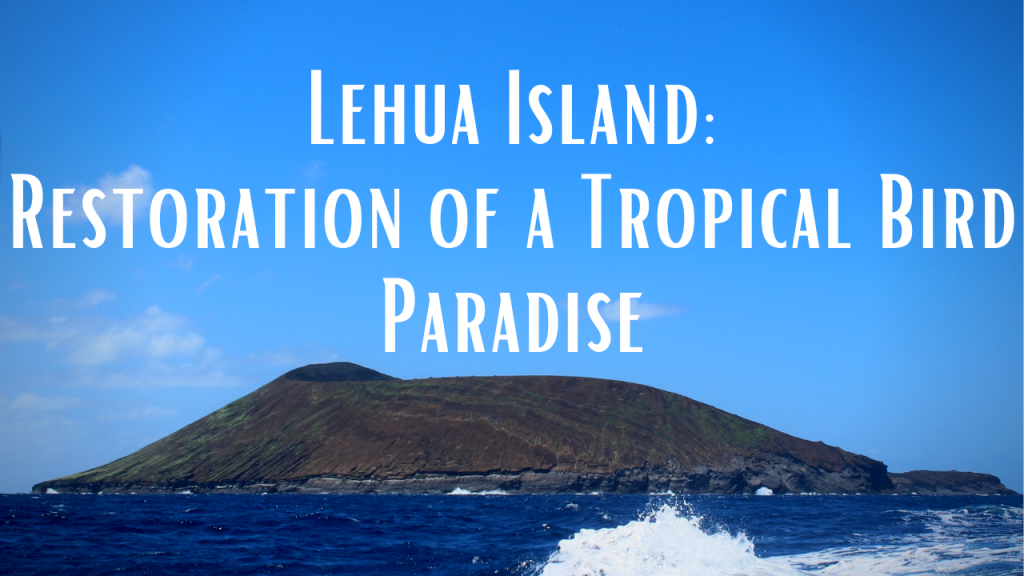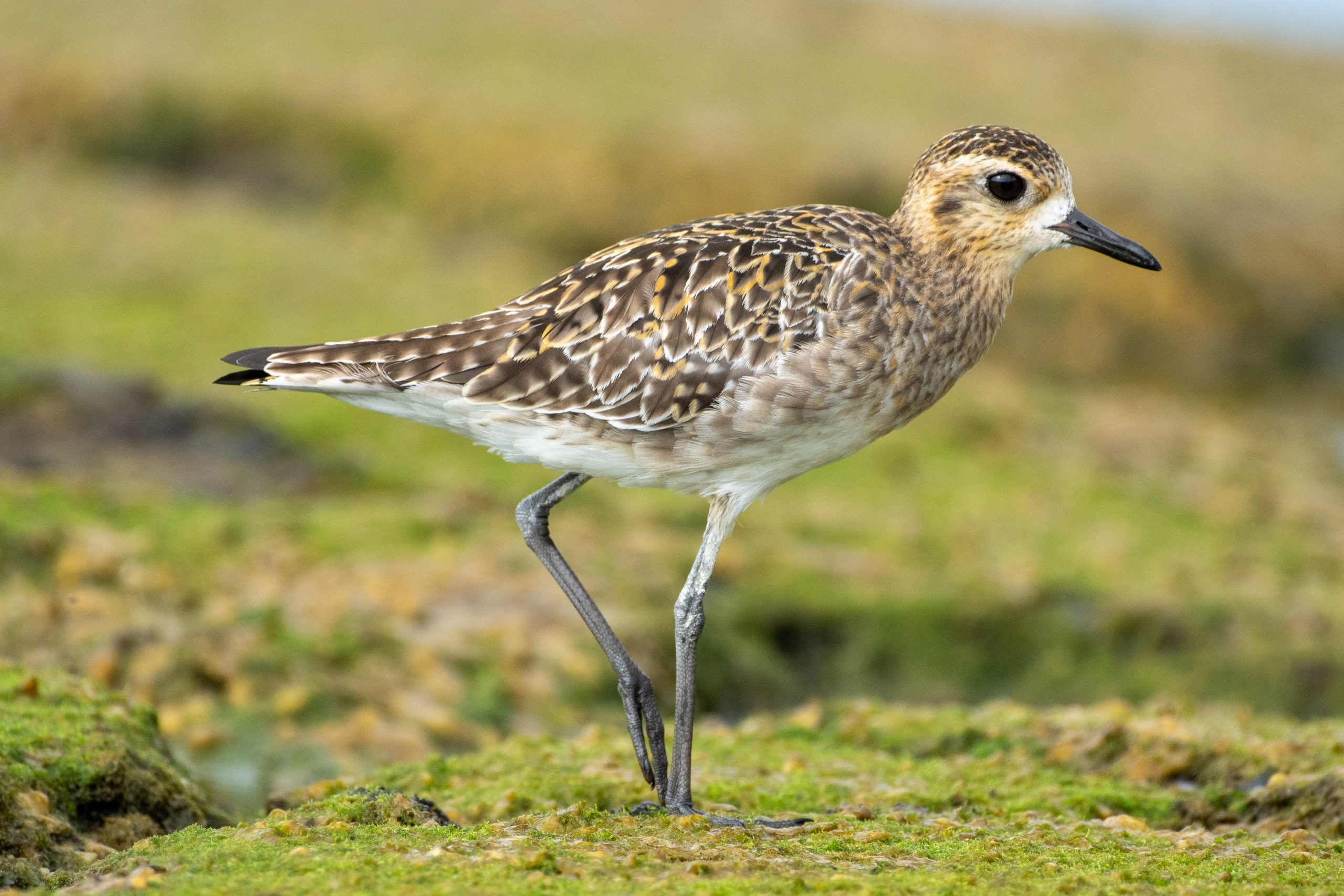Kōlea

Names
- ʻŌlelo Hawaiʻi: Kōlea
- Common: Pacific Golden-Plover
- Scientific: Pluvialis fulva
Song
Conservation Status
- State recognized as Indigenous
- U.S. Shorebird Conservation Plan – High concern
Species Information
The kōlea or Pacific golden-plover is a moderately small yellowand-buff mottled shorebird (Family: Charadriidae) which winters in the Main Hawaiian Islands (MHI) and breeds in Siberia and westernmost Alaska. Most adults arrive in Hawai‘i in August, while juveniles arrive in October; spring departures begin in late April. Kōlea feed primarily on terrestrial insects such as cockroaches, moths, caterpillars, and earwigs, all of which they locate by sight. During the breeding season, they are also known to eat berries, leaves, and seeds. Kōlea show high site fidelity to wintering grounds and will chase intruders from their territories while foraging. Hawai‘i is thought to support a large proportion of the world’s wintering kōlea population.
Distribution
Kōlea winter across the tropical Pacific, in upland and coastal areas from Hawai‘i to Japan. In Hawai‘i, kōlea are more common in NWHI year-round, but between August and May are also commonly seen on all of the MHI.
Habitat
The winter range of kōlea is extremely varied, including crop fields, pastures, coastal salt marshes, mudflats, beaches, mangroves, grassy areas at airports, cemeteries, athletic fields, parks, residential lawns, golf courses, roadsides, and clearings in heavily wooded areas. In Hawai‘i, birds also use open stands of ironwood (Casuarina spp.) and small urban lawns and gardens in areas such as downtown Honolulu. Military bases and airports often provide important wintering grounds. Where suitable habitats (pastures, etc.) occur on mountain slopes, kōlea range to at least 2,500 meters (8,125 feet) elevation. Extensive land-clearing in Hawai‘i, dating back to the Polynesian colonization, has probably improved wintering conditions by creating open habitat with plentiful insects
Threats
Hunting was a significant threat until 1941 when it was prohibited, and populations are thought to have rebounded since then. Effects of pesticide exposure on wintering grounds and along migratory routes are unknown, but on golf courses in Hawai‘i, kōlea come into contact with herbicides and pesticides that may be harmful. Aircraft strikes at Līhu‘e (Kaua‘i) and Kahului (Maui) airports occur occasionally in the fall, apparently as naive juvenile birds attempt to establish foraging territories on airport grounds.
Explore from Home
Plans & Projects
- Kauaʻi Endangered Seabird Recovery Project (KESRP)
- Maui Nui Seabird Recovery Project (MNSRP)
- Lehua Island Ecosystem Restoration Project
- State of Hawaiʻi Biannual Waterbird Surveys
Additional Resources
For more information and references visit the DLNR State Wildlife Action Plan factsheets. DOFAWʻs species pages and State Wildlife Action Plan fact sheets are provided for general information and are not meant to be a citable, original source of data. If you are a student, researcher, or writer looking for a citable source, please explore the references below or find other original data sources, rather than citing these webpages. The references below were provided by the authors of the State Wildlife Action Plan fact sheets at the time of drafting:
- Johnson OW, Connors PG. 1996. Pacific golden-plover (Pluvialis fulva). In The Birds of North America, No. 201-202 (Poole A, Gill F, editors). Philadelphia, (PA): The Academy of Natural Sciences; and Washington DC: The American Ornithologists’ Union.




